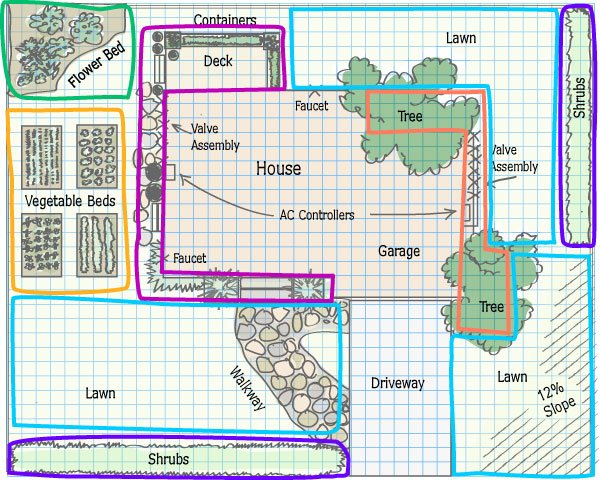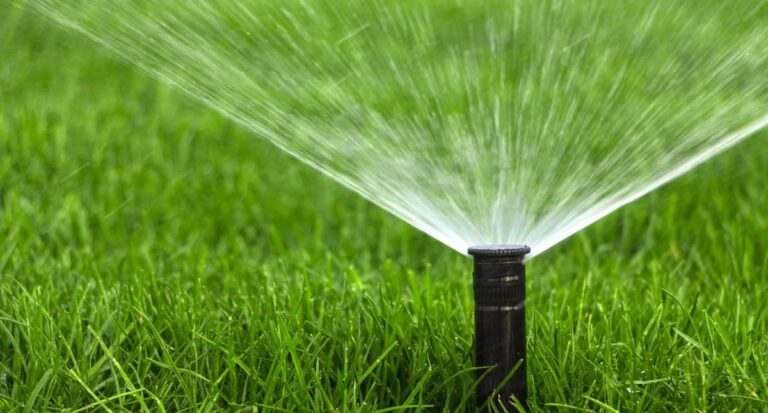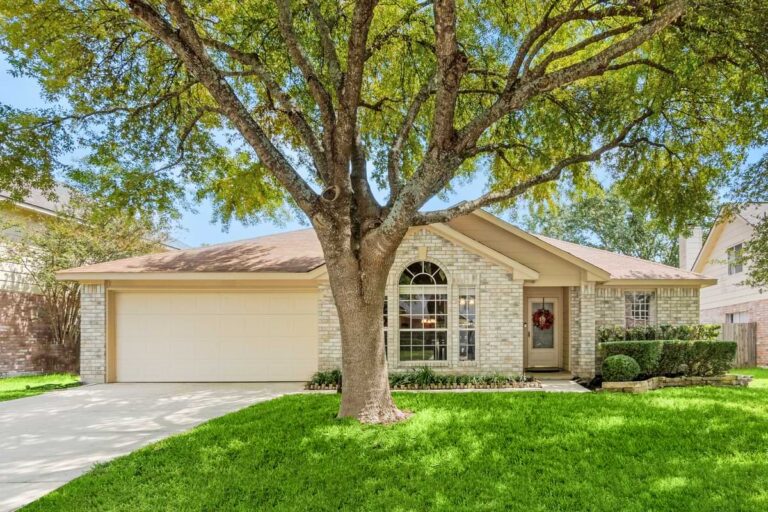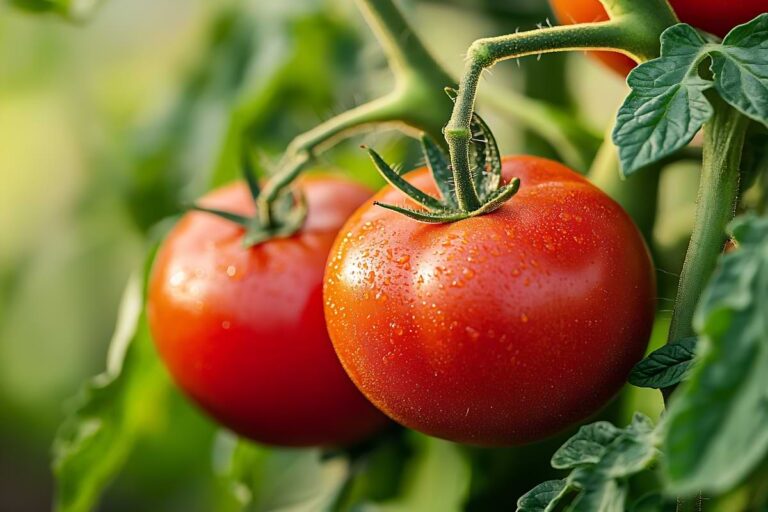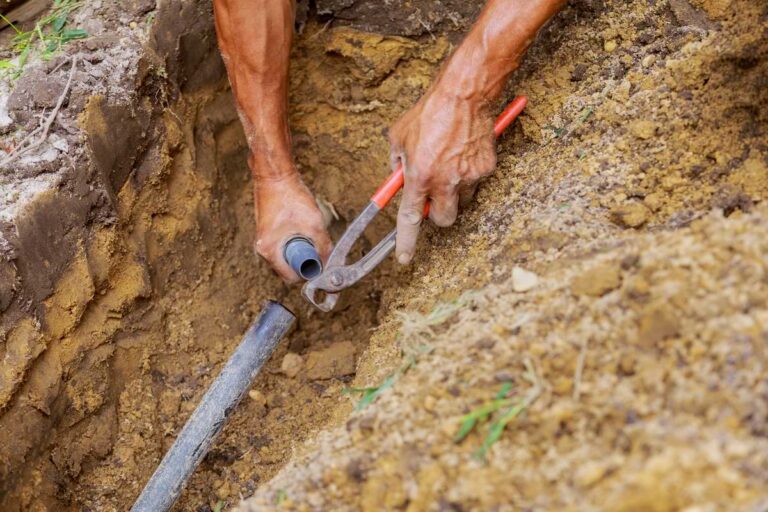Answers To Common Sprinkler System Questions
This article answers the most asked questions about a sprinkler system and irrigation basics. Sprinkler Warehouse has also provided helpful links with more information about specific topics as well as related products available for purchase.
Why Should I Get A Sprinkler System Installed In My Yard?
There are many different ways to learn how to manage your lawn. Many people install a sprinkler system for convenience. Watering your lawn by hand is extremely time-consuming and very easy to overwater if left unattended. With the proper equipment installed, you won’t even have to turn off your system when it rains. It will automatically shut off. Installing a sprinkler system will also reduce your water usage, increase the market value of your home, and increase the appearance of your home.
Click here to read: Should I Install My Sprinkler System Myself?
The Basic Steps: Irrigation Installation Checklist
How Much Water Should A Sprinkler System Use?
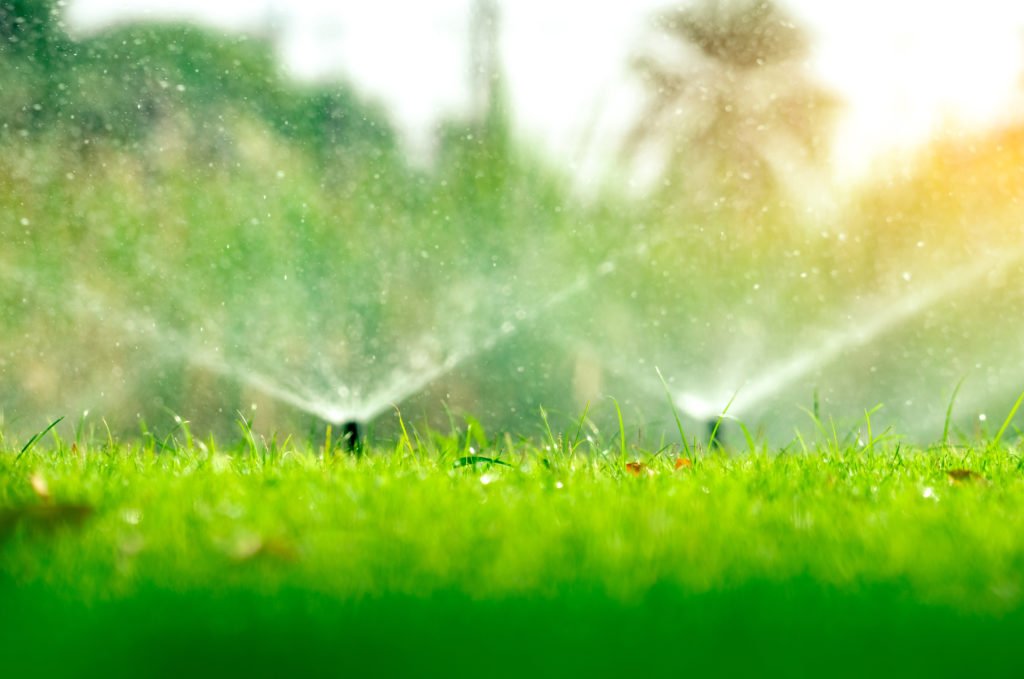
Sprinkler systems are set to run on a perfectly timed cycle to provide your lawn with the exact amount of water at the correct time. Water runoff is reduced dramatically or altogether, and less usage means a lower water bill.
Does Maintaining A Sprinkler System Require A Lot Of Time?
No more time will be wasted out in the yard with the hose. Even when you are away on vacation, your sprinkler system will utilize its automated timer to water your lawn for a preset amount of time. A professionally installed sprinkler system will provide an equal amount of time and water to each area of your lawn.
Does Rain Work An Effective Sprinkler System?
Unless the rain comes exactly every third day for twenty minutes, it is highly recommended that you have a sprinkler system installed. Most parts of the country do not have the correct climate to not have a sprinkler system installed and still have a perfectly green lawn.
Is Operating A Sprinkler System Difficult?
When you choose your controller, it has prompts for your step-by-step installation and timer settings. These systems are very self-explanatory and easy to manage.
Should I Get The Sprinklers That Deliver Water Fast Or Slow?
It should depend on the soil type you have; if the soil can’t absorb the water fast enough, it runs off. It is best to match your sprinkler’s application rate with your soil’s absorption rate.
Lawn Watering Tips: Sprinkler System And Irrigation Basics
When Should I Water My Lawn?
Water in the early morning (before sunrise) when water pressure is greatest, evaporation is minimal and the lawn drinks in the most water. Do not water in the evening because water will sit on the lawn and may cause disease. Do not water in the heat of the day because the sun will evaporate water before it can soak in. To water your lawn efficiently, you need to provide the right amount of water, evenly distributed, in the right places and at the right time.
How To Determine When To Water Your Lawn
- Weather: Weather is the most obvious factor. When it’s hotter you’ll need to water more frequently. In the summer you’ll probably need to water every other day, if not every day (depending, of course, on where you live).
- Soil Type: The type of soil affects how much water is available for the grass to use. Heavy (clay) soils hold the most water, meaning you’ll probably water less frequently. Sandy soils do not hold water well, so you’ll water them more often.
- Root Depth: Deeper roots mean there is more available water for the grass and, therefore, you’ll need to water less frequently. Think of the soil as a sponge that holds water for the grass. The deeper the sponge, the more water it can hold. It is wise to establish watering practices that encourage deep root growth. This allows lawns to go longer between watering, cutting down on disease potential, and, ultimately, the amount of water you’ll use.
Learn more water conservation tips for your turf
How Deep Into The Soil Should Water Penetrate?
Water should penetrate to the depth of the roots (fill the root zone) or to the depth that roots are desired. This should be at least six inches. The next scheduled watering should occur when about half of the water is used via ET. Allowing much more loss could result in plant stress (see below).
What Happens If I Don’t Water My Lawn Enough?
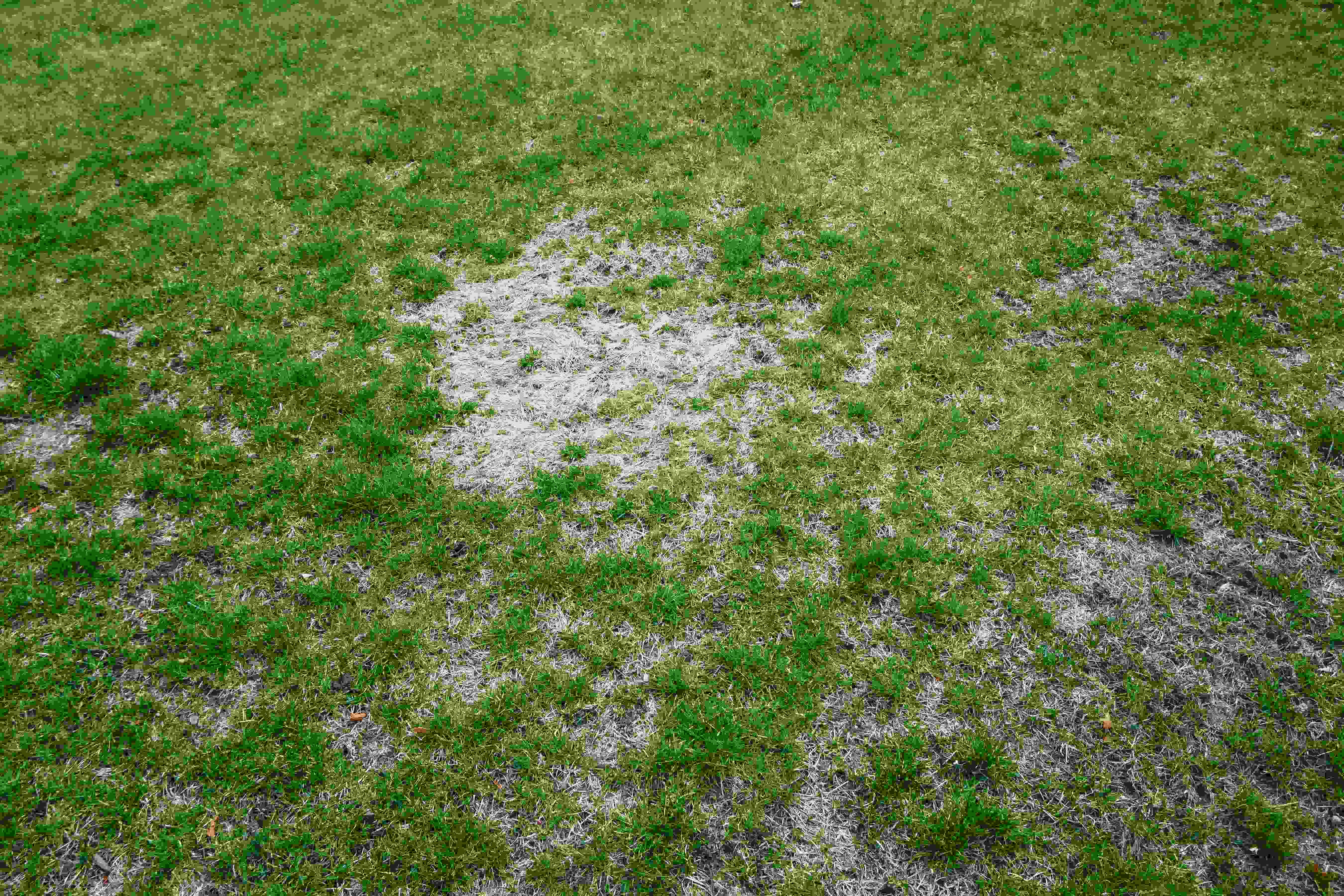
If too much water is allowed to leave the soil, your lawn will not be able to extract what’s left for its own use, leading to stress. This makes the grass weak and susceptible to physical damage, insect damage, and disease.
What Happens If I Over-Water My Lawn?
More lawns are harmed by too much water than not enough. Overwatering causes nutrients to be flushed away, resulting in higher fertilizer requirements. Overwatering also displaces oxygen from the soil, which leads to shallow roots and a lawn that is disease prone and weed infested.
What Happens To Grass In A Drought?
If your lawn can’t get enough water it will first go into a dormant stage, often marked by a bluish color. If the drought continues until the soil water is fully used, death will result for most cool-season grasses. The bermudas and other warm-season grasses will probably recover, however, the lawn’s quality will not.
What Are The Elements Of An Automatic Irrigation System?
Learn more about the anatomy of a sprinkler system
- Controller/Timer: The controller, or timer, is the brain of your system, telling your sprinklers what day, what time and exactly how much to water. Shop Controllers & Timers
- Valves: Installed above or below the ground, usually near the water source, valves regulate water flow to the sprinklers. Shop Valves & Valve Boxes
- Pressure Vacuum Breaker (PVB): PVBs prevent water from your sprinkler system (and therefore any fertilizer or chemical contaminants) from re-entering the clean water supply. Toro manufactures pressure vacuum devices to meet your local building code specifications. Shop PVBs
- Lawn Sprinklers: Installed in a special pattern for complete and even coverage, a properly designed automatic sprinkler system delivers precise coverage without gaps or runoff. Shop Sprinkler Heads
- Rain Switch (Optional): A Rain Switch signals your system to shut off automatically when it’s raining. There’s no sense watering when nature is doing its part. The Rain Switch is a highly reliable and inexpensive option that saves countless gallons of water. Shop Rain Sensors
What Kind Of Sprinkler Should I Use?
The type of sprinkler you use really depends on what’s being watered.
There Are Five Basic Sprinkler Types:
- Fixed-Spray Sprinklers produce a tight, constant fan of water ideal for small lawn, shrub, and ground cover areas. Pop-up models pop up above grasses and disappear when not in use. Shrub sprays are mounted above foliage to water ground cover and shrubs. Shop Spray Heads & Spray Nozzles
- Flood Bubblers produce a flow of water that soaks the soil without wetting the leaves. They’re ideal for tree wells, planters, and shrubs.
- Stream Bubblers are for efficient watering of small planter beds and shrubs areas. Stream bubblers are available in a variety of patterns. Shop Bubblers & Bubbler Nozzles
- Gear-Driven, Single-Stream rotary sprinklers cover large lawn areas most efficiently. Some single-stream rotors have an arc adjustment for placement in corners. Like other pop-up sprinklers, they pop up above grasses and disappear when not in use. Shop Rotary Nozzle Sprinklers & Rotors
- Gear-Driven, Multi-Stream rotary sprinklers produce thin, attractive streams of water that slowly rotate to ensure proper penetration for medium-sized lawn and shrub areas. Multi-stream, pop-up lawn and shrub models are excellent for lawns or ground cover, especially on slopes.
Basic Information Once Your Sprinkler/ Irrigation System Is Installed:
When To Water:
- The best time to water is in the early morning, with the watering completed before the sun comes up. At this time the water pressure is the highest, and evaporation and wind are the lowest. Try not to water in the evening, since having moisture on your grass and plants overnight can promote the growth of fungus.
- The best time to water is in the early morning, with the watering completed before the sun comes up. At this time the water pressure is the highest, and evaporation and wind are the lowest. Try not to water in the evening, since having moisture on your grass and plants overnight can promote the growth of fungus.
- In hot weather, most lawns require approximately 1/2″ of water every other day. If you have clay soil (which has a slower rate of absorption), applying 1/4″ of water every day should reduce run-off and puddling.
Learn more about How To Conserve Water With An Irrigation System
Water Auditing: Sprinkler system and irrigation basics
Need Supplies? Check the links below to help you perform your own water audit.
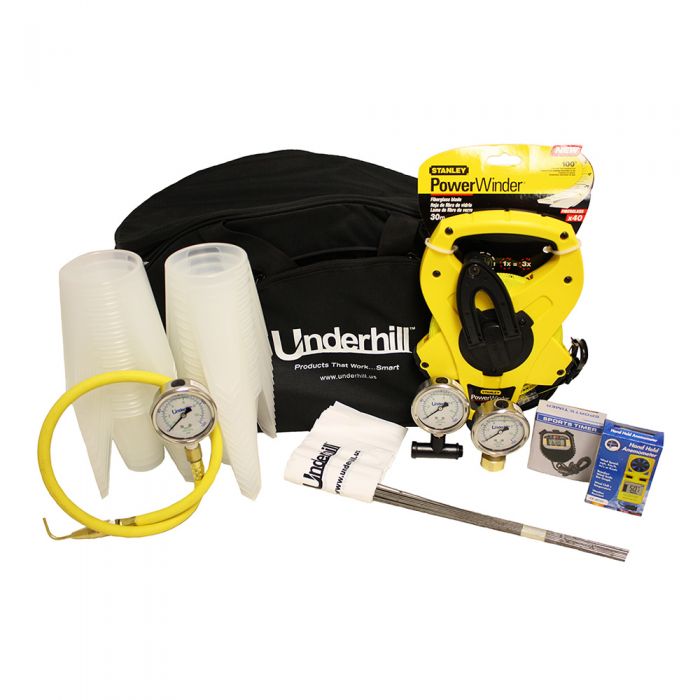
To find out how much water your sprinkler system is putting on your yard in a specific period of time, run this test.
- Use water auditing cups
- Place the cups in different spots in the yard that are all watered by one zone.
- Run the sprinklers for that zone for 10 minutes.
- Now take a ruler and measure the depth of the water in each of the cups.
- Take the average of all the amounts and multiply it by 6. This will give you the average Inches Per Hour (IPH) of water that zone is putting on your yard.
- This will inform you on how much water each zone needs for proper hydration.
- For example: If your average IPH is 1 1/2″, then to get 1/2″ of water, you would need to run that zone for 1/3 of an hour (20 minutes).
- NOTE: If your cups had a wide range of amounts of water in them, you may have an uneven distribution of water in that zone. If this is the case, you may need to run the zone longer in order to get enough water to the weaker areas. This problem could be caused by plugged or blocked sprinkler heads, or improper spacing of the heads.
Learn more about how to perform a lawn care water audit & How to calculate precipitation rate
Periodic Cleaning
Periodically removing your sprinkler head nozzles and cleaning the filter screen can help eliminate areas of dead grass and plants caused by plugged nozzles.
Prepare For The Cold
For cold weather, climates perform a blowout before the first freeze every year. Need help with this? How To Winterize In Cold Climates
Replace The Battery
For electronic timers, be sure to replace the backup battery at least once a year (more often if you have frequent power outages).
Know Your Backflow:
Be sure to comply with all local codes relating to backflow prevention. Most codes require backflow prevention for all sprinkler systems connected to the domestic water supply. This includes the use of either anti-siphon valves (which have a built-in backflow preventer) or a separate backflow preventer (such as a Pressure Vacuum Breaker, a Double Check Valve, or a Reduced Pressure Principle device) which is generally used with in-line valves. Backflow preventers help protect the water supply against contamination. Learn more about Backflow: Causes And Preventative Measures
Valve Placement
Never place any type of valve downstream of an anti-siphon valve. This will defeat the backflow prevention feature of the anti-siphon valve, plus could cause leakage and premature failure of the valve. Learn more about Atmospheric Vacuum Breakers (AVB) OR Anti-Siphon Valves
Plan Your Zones: Sprinkler system and irrigation basics
Having too many sprinkler-heads on a zone can prevent the heads from functioning properly, causing them to not pop up completely or spray effectively. Learn more about How To Space Rotors And Sprays
